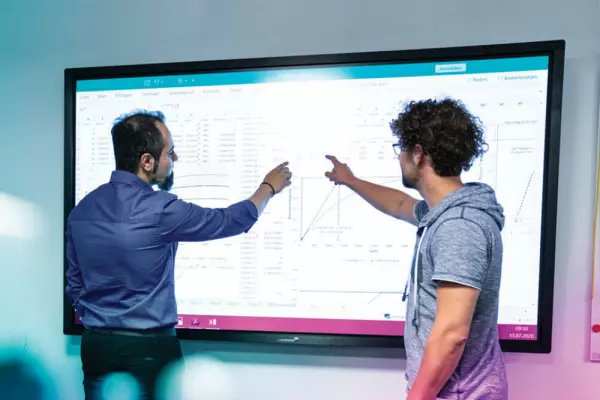
IVD Engineering Solutions - Custom Solutions
DIALUNOX Engineering Services - You have the Idea - we develop your product Custom Solutions D...
Portal and digital medical technology fair of the largest MedTech cluster in Germany

IVD Engineering Solutions - Custom Solutions
DIALUNOX Engineering Services - You have the Idea - we develop your product Custom Solutions D...

In-vitro diagnostics (IVD) are subject to EU Directive 98/79 / EC (IVDD)
When it comes to IVD certification, the process can be confusing and time-consuming. Not only is the testing process complex, but the results can cause harm to the patient if they are erroneous. The first step to IVD certification is to ensure that the testing laboratory is accredited and certified by a third-party certifying body. To make this process as painless as possible, manufacturers can hire an external third-party auditor to conduct the testing for them.
After the initial inspection, the manufacturer must submit a list of all IVD products to be certified. This will include all the instruments used in IVD procedures, buffers, and washing solutions. Additionally, some general IVDs can become Class A, but most will fall under Class B. In addition, self-testing IVDs will be required to be certified by May 2022. Depending on the IVD certification requirements, a manufacturer may be able to continue selling the product until the date of expiration.
After the initial review, a number of steps must be taken to ensure that IVDs meet the standards required for CE-IVD approval. The requirements for IVDs must be more stringent than ever, and they must also be registered on the European Medicines Agency's website. The European Commission also expects the IVD industry to continue its investment in research and development. The IVD industry is expected to continue growing, and these regulations are vital to the public's health and patient safety.
The FDA rarely requires prospective clinical studies for medical devices, but it routinely requires manufacturers and importers to submit clinical samples. This helps ensure the validity of a new device by evaluating its feasibility and safety. These clinical samples are often expressed in terms of sensitivity, specificity, and agreement. These metrics are also used in FDA certification. Further, IVDs must be approved for premarket use if they fail to meet the quality standards.
An IVD must be certified in order to be marketed to patients. This is essential for regulatory purposes. The tests must be performed correctly and accurately. They must comply with the IVDR. The FDA must also verify that the IVD is compliant with all applicable requirements. These requirements are outlined in the Directive and the IVDR. The latter will ensure the safety of the product. Further, it will help patients by ensuring compliance with the Federal Food and Drug Administration.
The IVD certification process will be governed by the IVDR, which has replaced the previous IVDD. It governs the testing, distribution, and import of medical devices, and authorised representatives. As of May 2022, the new directive will be implemented and come into effect in the EU. It will also be mandatory in the US. Its implementation is subject to a number of other regulations, including the NB, which may not be able to meet these deadlines.
Become a digital exhibitor yourself in the online portal of the largest and best-known MedTech cluster region in Germany and inform the world of medical technology about your products and services as well as about news, events and career opportunities.
With an attractive online profile, we will help you to present yourself professionally on our portal as well as on Google and on social media.